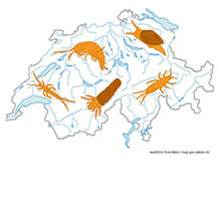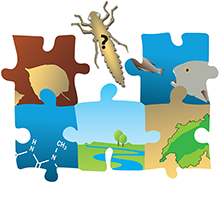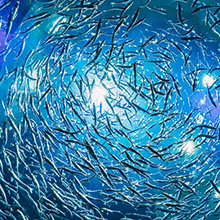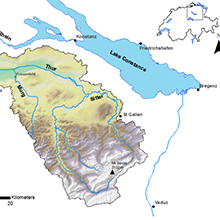Department Systems Analysis, Integrated Assessment and Modelling
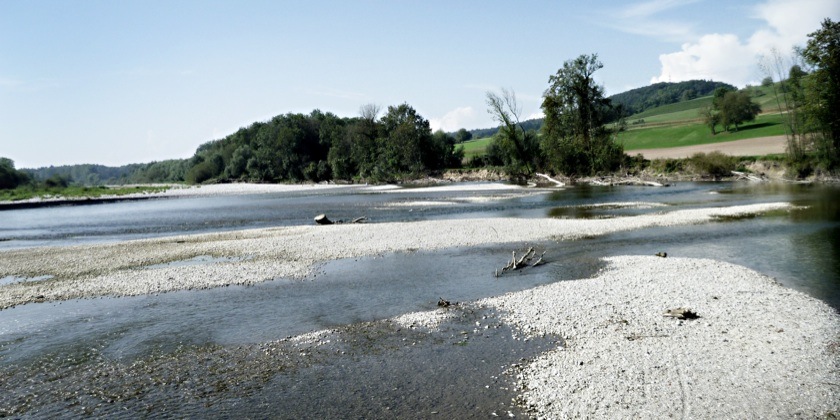
Systems Analysis, Integrated Assessment and Modelling
In SIAM, we develop and apply models and formal techniques in order to understand, demonstrate, and predict the behavior of natural, technical, social and economical systems that pertain to water and other natural resources. Read more
New Publications
Beven, K., Archfield, S., Batelaan, O., Chen, C., Fenicia, F., Gascuel-Odoux, C., … Vimal, S. (2025). On the value of a history of hydrology and the establishment of a History of Hydrology Working Group. Hydrological Sciences Journal, 70(5), 717-729. doi:10.1080/02626667.2025.2452357, Institutional Repository
Cho, P. G., Falster, G., Bolster, D., Berke, M. A., & Müller, M. F. (2025). Influence of the Indian Walker Circulation on δ18OP and Hydroclimate Variability in the Indian Ocean Basin. Journal of Geophysical Research: Atmospheres, 130(8), e2025JD043840 (14 pp.). doi:10.1029/2025JD043840, Institutional Repository
Eyring, S., Merz, E., Reyes, M., Ntetsika, P., Dennis, S. R., Isles, P. D. F., … Pomati, F. (2025). Distinct phytoplankton size classes respond differently to biotic and abiotic factors. ISME Communications, 5(1), ycae148 (11 pp.). doi:10.1093/ismeco/ycae148, Institutional Repository
Eyring, S., Reyes, M., Merz, E., Baity-Jesi, M., Ntetsika, P., Ebi, C., … Pomati, F. (2025). Five years of high-frequency data of phytoplankton zooplankton and limnology from a temperate eutrophic lake. Scientific Data, 12(1), 653 (13 pp.). doi:10.1038/s41597-025-04988-9, Institutional Repository
Farfán-Durán, J. F., Montalvo, C., Cea, L., & Leitão, J. P. (2025). Integrating net rainfall calculation in deep learning-based surrogate modeling frameworks for 2D flood prediction. Journal of Hydrology, 661, 133632 (18 pp.). doi:10.1016/j.jhydrol.2025.133632, Institutional Repository
Gillmann, S. M., Lorenz, A. W., Hering, D., & Schuwirth, N. (2025). Contributions of source populations, habitat suitability and trait overlap to benthic invertebrate community assembly in restored urban streams. Ecological Processes, 14(1), 46 (19 pp.). doi:10.1186/s13717-025-00613-0, Institutional Repository



